China’s military technology development is on a fast track only because it has stolen trade secrets from the West, according to a former Chinese Communist spy who says he stole key technologies for the Chinese navy.
Chinese Regime Mobilizes People to Steal Technologies
Yao, a former Chinese naval officer, told The Epoch Times on May 31 that China heavily relies on stealing technologies from developed countries to be able to make quick technological advances in its military, auto, and aircraft industries.“China is eager to catch up with developed countries, especially in military technologies, but Beijing knows that if they are to depend on Chinese experts to develop these technologies independently, it is going to take a long, long time, as the gap is huge. They simply can’t wait that long,” Yao said.
Yao gave several examples to illustrate his point.
The People’s Liberation Army of China (PLA) now has mastered electromagnetic aircraft launch technology and stealth aircraft technology. Yao revealed that a professor at the PLA Naval University of Engineering, Ma Weiming, and his research team developed the technology for the PLA. On Ma’s research team, three people had studied in the United States.
As for stealth aircraft technology, Yao explained that during the civil war in the former Yugoslavia, a Lockheed F-117 Nighthawk was shot down and the former Yugoslavian government gave it to the Chinese military. China’s stealth technology was developed by studying that aircraft.
Yao also shared stories about military technologies developed by China independently in the past. “From these past lessons, you will understand why China has already given up the attempt to solely rely on Chinese scientists to advance military technology from scratch,” he said.
China once routinely stole military technologies from developed countries by replicating weapons, fighter aircrafts, destroyers, and submarines bought from the United States and European Union. However, shortly after the Tiananmen Square Massacre in 1989, NATO imposed an arms embargo on China. In the following years, China had to rely on its own scientists and engineers. The military technologies and products developed during this period of time are mostly of poor quality. The Xi’an JH-7, a fighter jet developed in the mid-1990s, is a typical example.
“I was present when the first batch of Xi’an JH-7 were delivered to China’s air force for evaluation,” Yao told The Epoch Times. “The pilots who test-flew these aircraft told me this model is very difficult and awkward to operate. They felt exhausted after the flight test.”
Yao revealed that the JH-7 was basically developed by Chinese scientists, however, the engine technology was from a fighter jet engine stolen by a Chinese intelligence agent from the UK in 1985.
- Chinese State Media’s Rare Correction Reveals Panic as China’s Banks Face Trouble
- Chinese Spies Charged With Trying to Steal US Jet Engine Technology
- Chinese Spy Extradited to US for Attempt to Steal Tech from Leading US Aviation Firms
- China Tested Internet Shutdown Ahead of 30th Anniversary of Tiananmen Massacre
- EU Urges China to Release Political Prisoners on Tiananmen Massacre Anniversary
- US Charges Huawei and CFO With Iran Sanctions Violations, Stealing Trade Secrets
- Chinese Scientist Charged With Stealing More Than $1 Billion in Trade Secrets From US Petroleum Company
Yao also mentioned China’s interceptor fighter series: the Shenyang J-6 was modeled after the Soviet Union’s MiG-19, and the Chengdu J-7 was modeled after the MiG-21. The Shenyang J-8 was developed during the Sino-Soviet split (1956–1966), when Soviet scientists refused to offer any help.
“How was the J-8 developed? It was just a combination of the tail of J-6 and the head of J-7,” Yao explained. “It was until the 10th generation Chengdu J-10 that there was some real improvement, but it was actually developed with the help from Israel.”
There is also a model of warship developed by a Chinese team and proudly touted in China, called a Type 053 frigate. As it combines technologies from different countries (the Chinese experts figured out the technologies by studying parts from various foreign-made warships), Chinese navy personnel gave it the nickname “The Eight-Nation Coalition.” Yao explained that, because of the awkward combination, it would inevitably have major problems, making the warship very difficult and unsafe to operate.
Intelligence Network Targets Government, Social Elites
Yao exposed a hidden unit in China’s intelligence network, and cautioned politicians in Western countries not to fall into their trap.The 47 Million Veterans in China
According to Yao, frequent protests by army veterans are one of the biggest concerns for the Chinese regime.In the 1985 disarmament, at least 1 million soldiers returned home. Some were given a blue-collar job in factories, through various job assistance programs for veterans, while some had to look for jobs on their own. When Chinese factories went bankrupt one after another in the past 20 years, many veterans were forced to live in poverty.
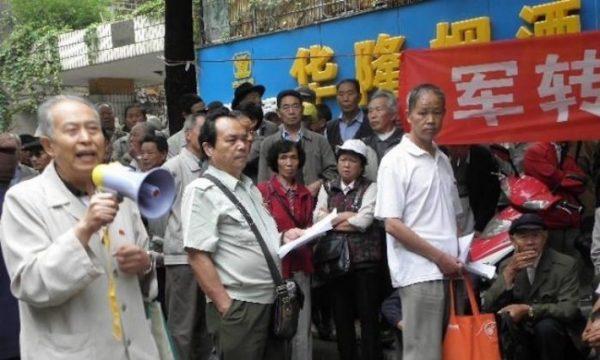
These veterans often go to local governments to appeal for better welfare, but encounter harsh suppression, including beatings and verbal humiliation, by armed police.
A few months later, in February 2017, hundreds of Chinese veterans arrived in Beijing. This time, they surrounded the office building of the Central Commission for Discipline Inspection, China’s central anti-corruption watchdog, and staged a demonstration.
Yao exposed a secret behind the protests: Top military officials were involved.
“Chinese leader Xi Jinping’s anti-corruption campaign has already taken down many military officials. The remaining officials are both scared and frustrated. Because the veterans also went back to their original military unit to seek help, some officials figured out they could do something about it.”
Yao explained that these military officials helped coordinate the 2016 protest. The whole process was so well organized that several months before the scheduled protest, many veterans already started to work in Beijing or its surrounding areas as migrant workers, to better prepare themselves.
The organizational work was considered a great success.
In preparation for the second protest, military officials decided to go one step further. They secretly incited the veterans to surround the building of the Central Commission for Discipline Inspection, intending to send a message that the top-level military will retaliate if the anti-corruption campaign continues to target military officials.
Yao, who still has connections with a number of military officials, often advises that the only way out is army nationalization. Otherwise, the generals and commanders always risk the danger of becoming a victim of political struggles in China, especially when political powers change hands.
Yao also revealed that many army veterans have seen through the evil nature of the Chinese communist regime. “If there is a war breaking out between China and Taiwan, these veterans hope to support the Taiwanese soldiers from inside as militia, to put an end to the totalitarian communist regime. They are really anxious to see that day come soon,” Yao said.
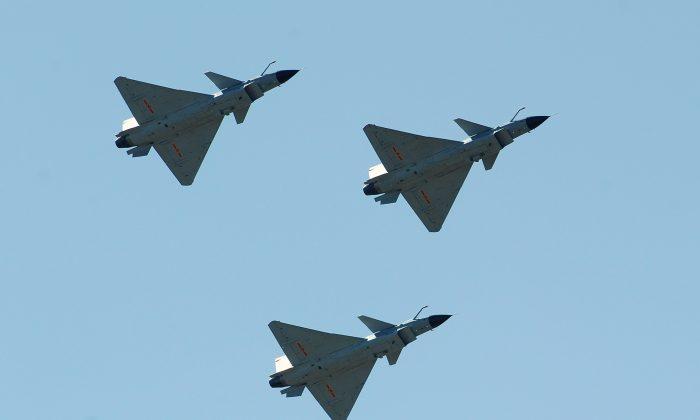
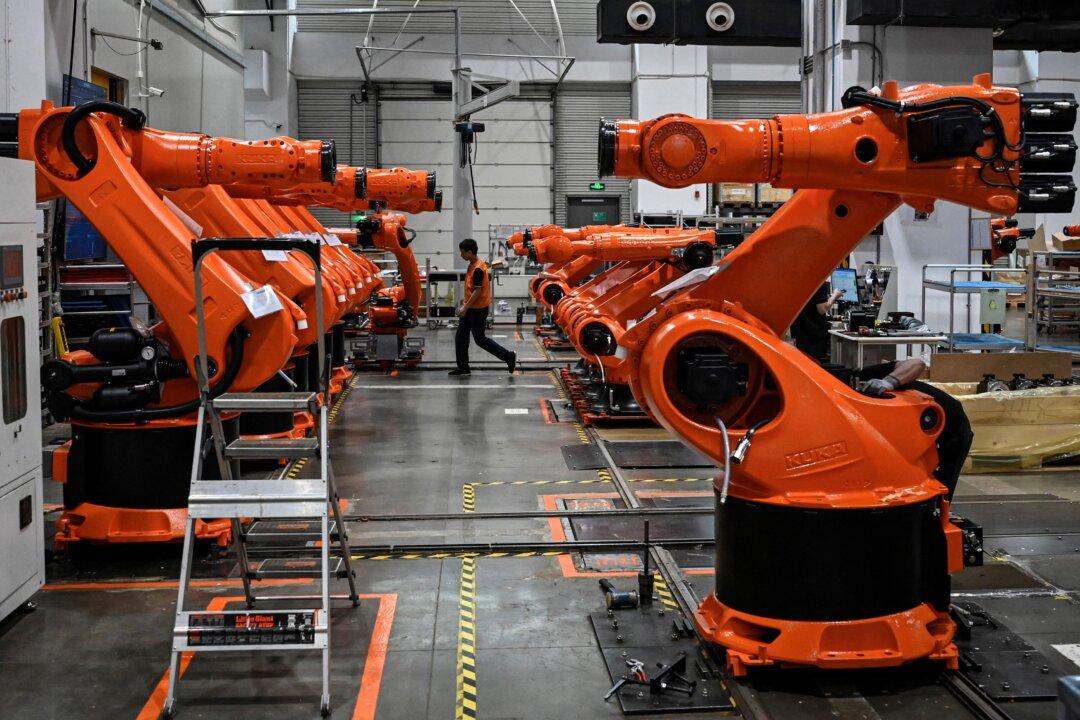
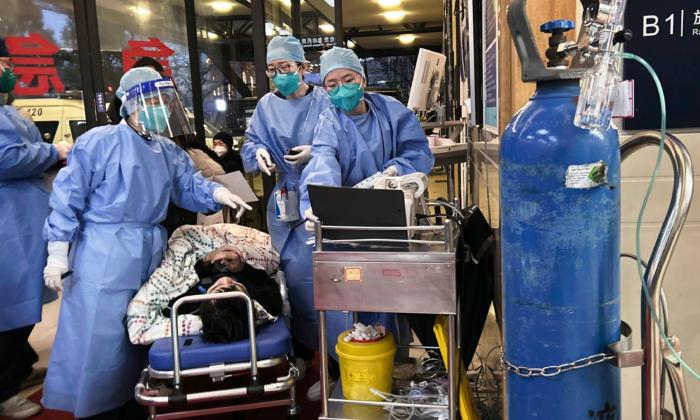

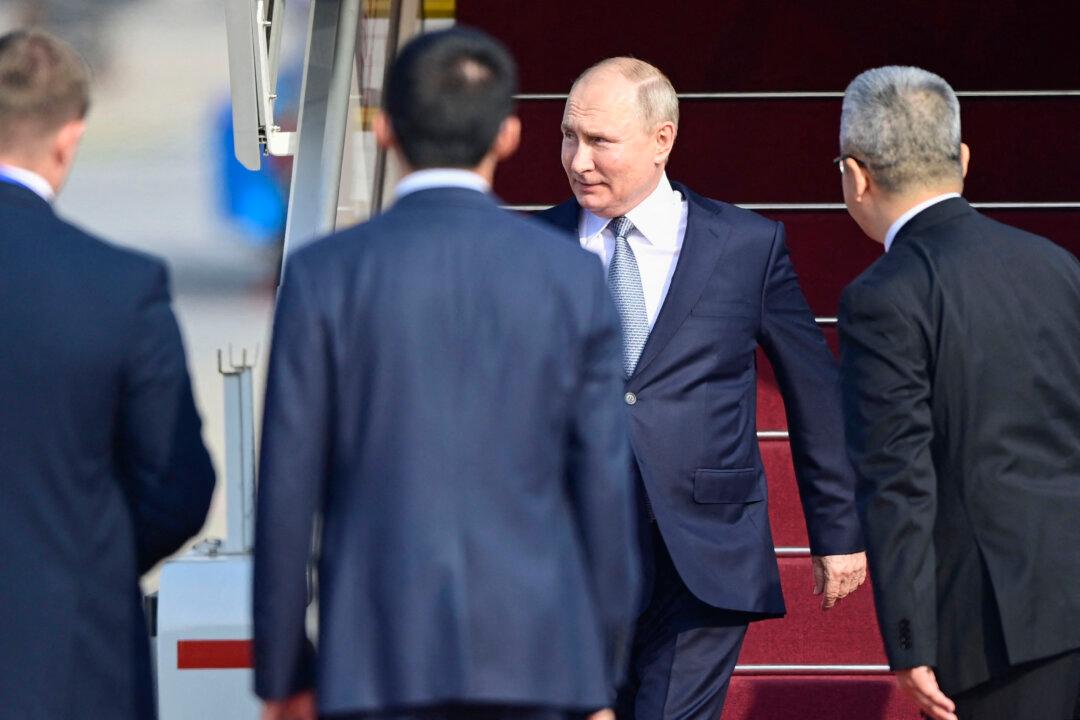
Friends Read Free